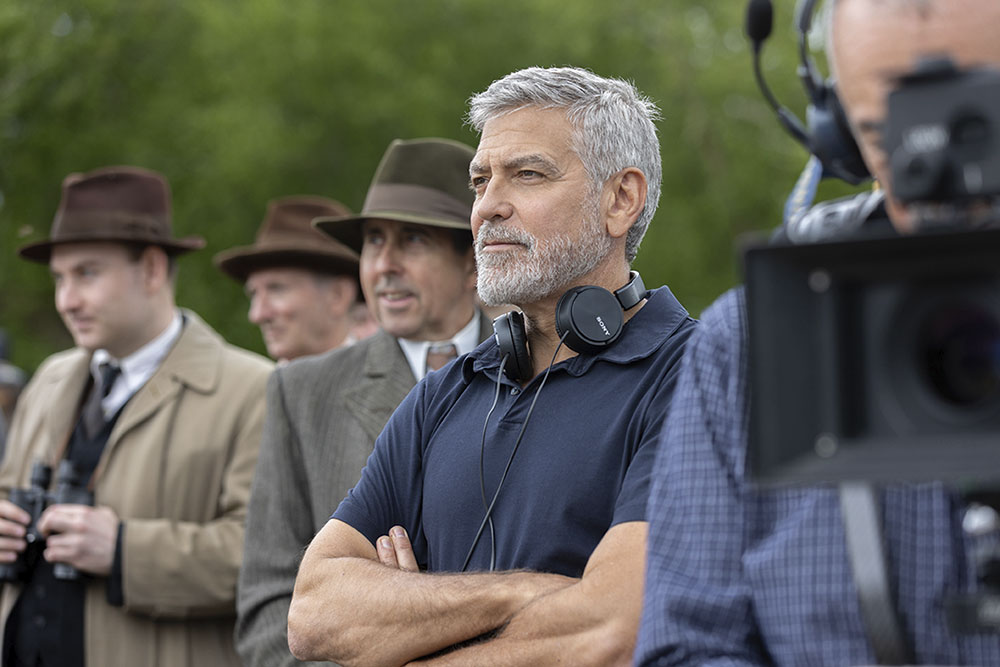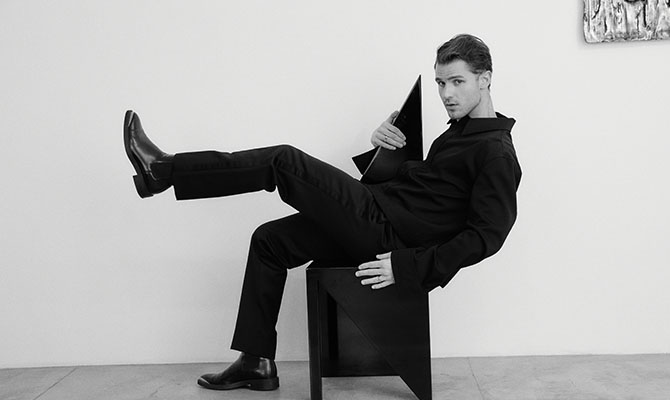In an era where cinematic narratives often chase contemporary themes and styles, George Clooney’s “The Boys in the Boat” emerges as a refreshing throwback, an ode to an old-fashioned movie-making ethos. At the heart of this sun-dappled, 1930s rowing saga is Callum Turner, whose performance is a beacon of star power, albeit in a film that now seems too traditional for the ever-evolving Oscars stage.

‘The Boys in the Boat’ Film Review – A Nostalgic Journey with George Clooney

Set against the backdrop of the Great Depression, the film follows the story of Joe Rantz, played by Turner, a member of the 1936 University of Washington crew team. Rantz’s character, a young man grappling with personal challenges and economic hardships, embodies a compelling duality – the raw, unpolished edge of a life shaped by adversity, combined with an understated star quality reminiscent of a young Bruce Springsteen. Turner’s portrayal of Rantz, from his gruff demeanor to his golden-boy charisma, captures the essence of a generation striving for more in the face of less.
“The Boys in the Boat,” drawing from a true story, navigates through the waters of a bygone era, presenting a narrative that, in today’s cinematic landscape, fits into a rather ironic niche. It harks back to the days of films like “Chariots of Fire,” a classic that bagged the Oscar for Best Picture in 1982 but would likely find itself out of step with current award-season preferences. Clooney’s film, akin to a WASP daydream of sports movies from a different era, may remind one of a late-’90s Matt Damon film, but with less internal conflict and more straightforward valor.
Complementing the film’s narrative is a score by Alexandre Desplat, steeped in traditional valor, echoing the film’s overarching theme of inspiration triumphing over complexity. As Joe Rantz joins the rowing team, initially as a means to financial ends, the film unfolds the demanding world of crew sports – a metaphorical and literal test of strength, endurance, and most critically, synchronicity.
The dynamic between Rantz and the coach, Al Ulbrickson, portrayed by Joel Edgerton, adds depth to the story. Their interaction, though devoid of intense conflict, underscores the larger, almost allegorical drama of the film: the journey of working-class boys shaping themselves into a championship team, driven by a grit and determination seemingly absent in their more privileged counterparts from Harvard and Yale.
The film doesn’t shy away from touching historical milestones, including the 1936 Olympics in Berlin, presided over by Adolf Hitler. It’s here that the University of Washington team, having overcome numerous hurdles, makes its mark. The portrayal of this journey is where Clooney’s direction shines, focusing on the nuances that make the story not just about winning, but about the journey itself – from the bond Joe forms with the assistant coach to the political manoeuvrings required to get the team to the Olympics.
“The Boys in the Boat” transcends being just a sports movie. It is a tale of endurance, teamwork, and the triumph of the human spirit, wrapped in the nostalgic warmth of Clooney’s classic Hollywood style. While the film might stand out as a quaint relic in today’s cinema, it is a testament to Clooney’s craftsmanship as a filmmaker and his ability to evoke a bygone era with sincerity and charm. In a world where cinematic narratives are constantly pushing boundaries, “The Boys in the Boat” serves as a reminder of the timeless appeal of a well-told, inspirational story.





















